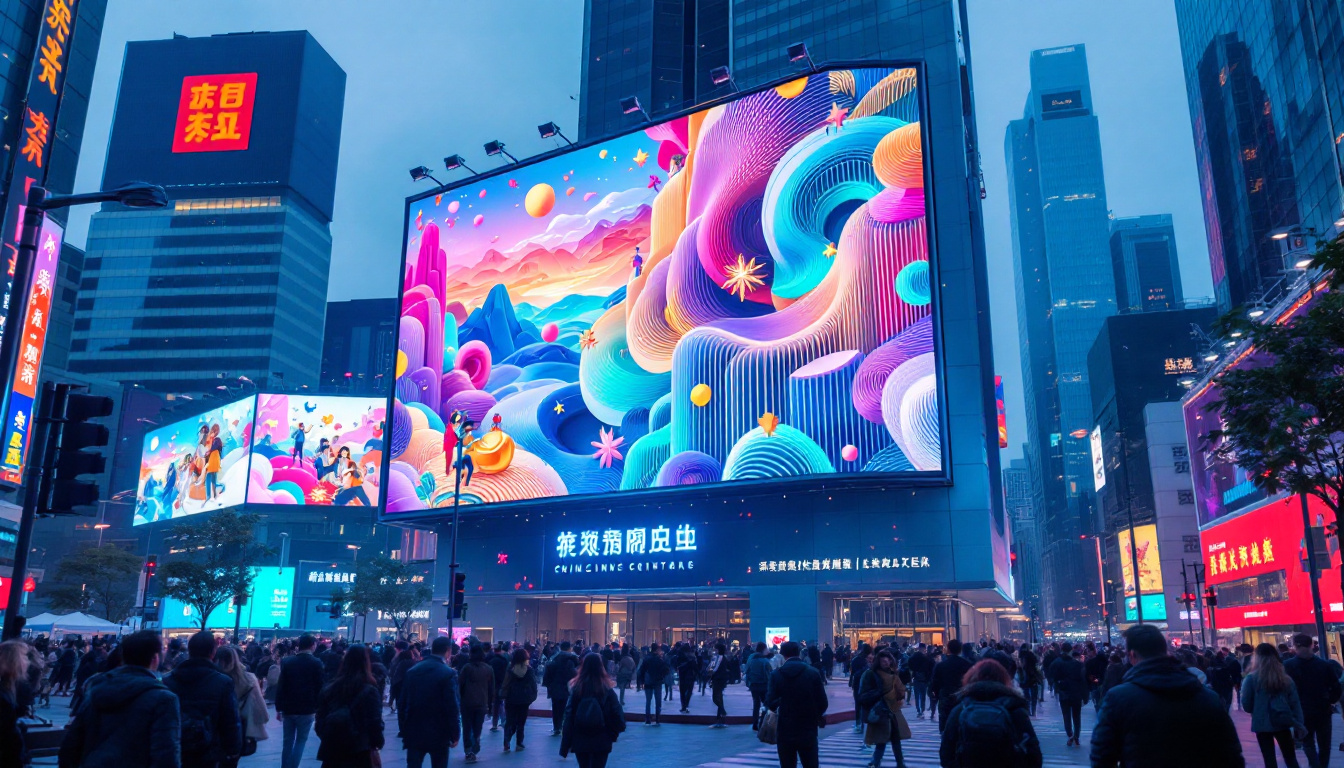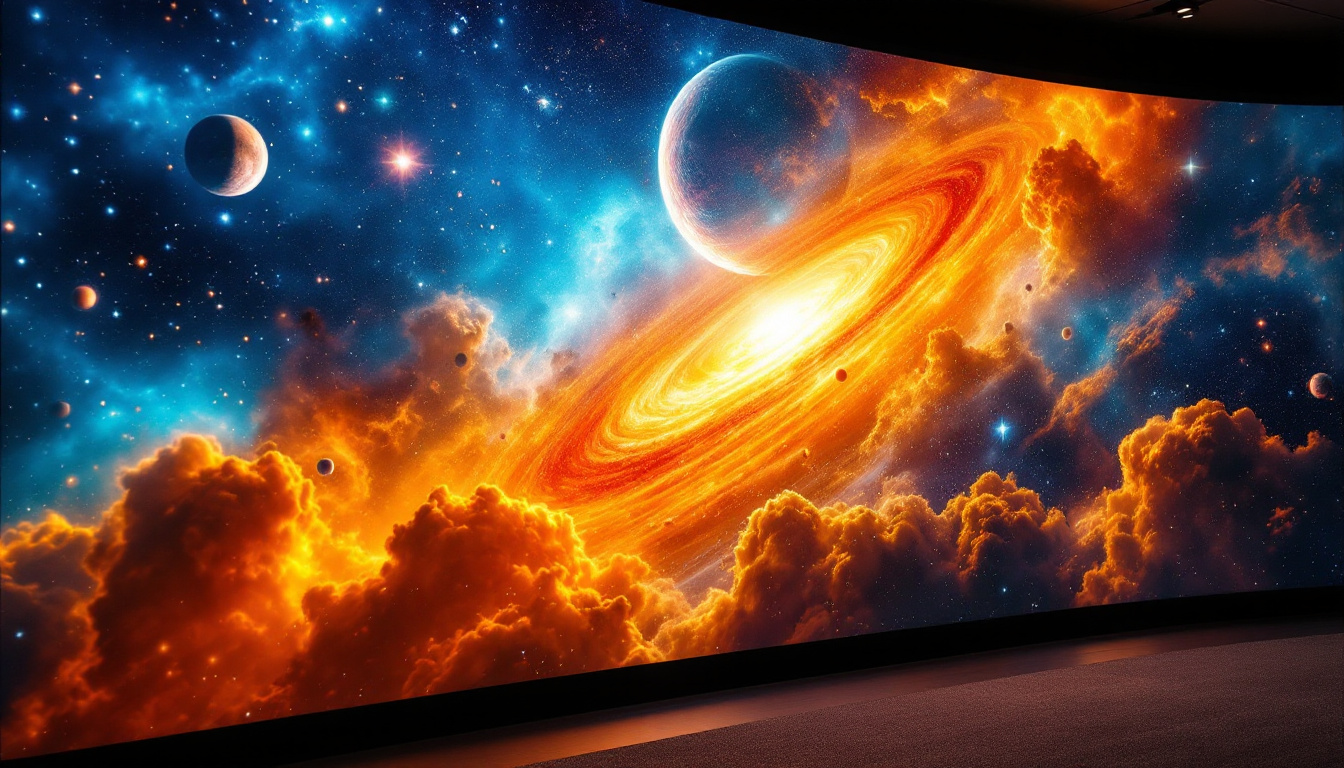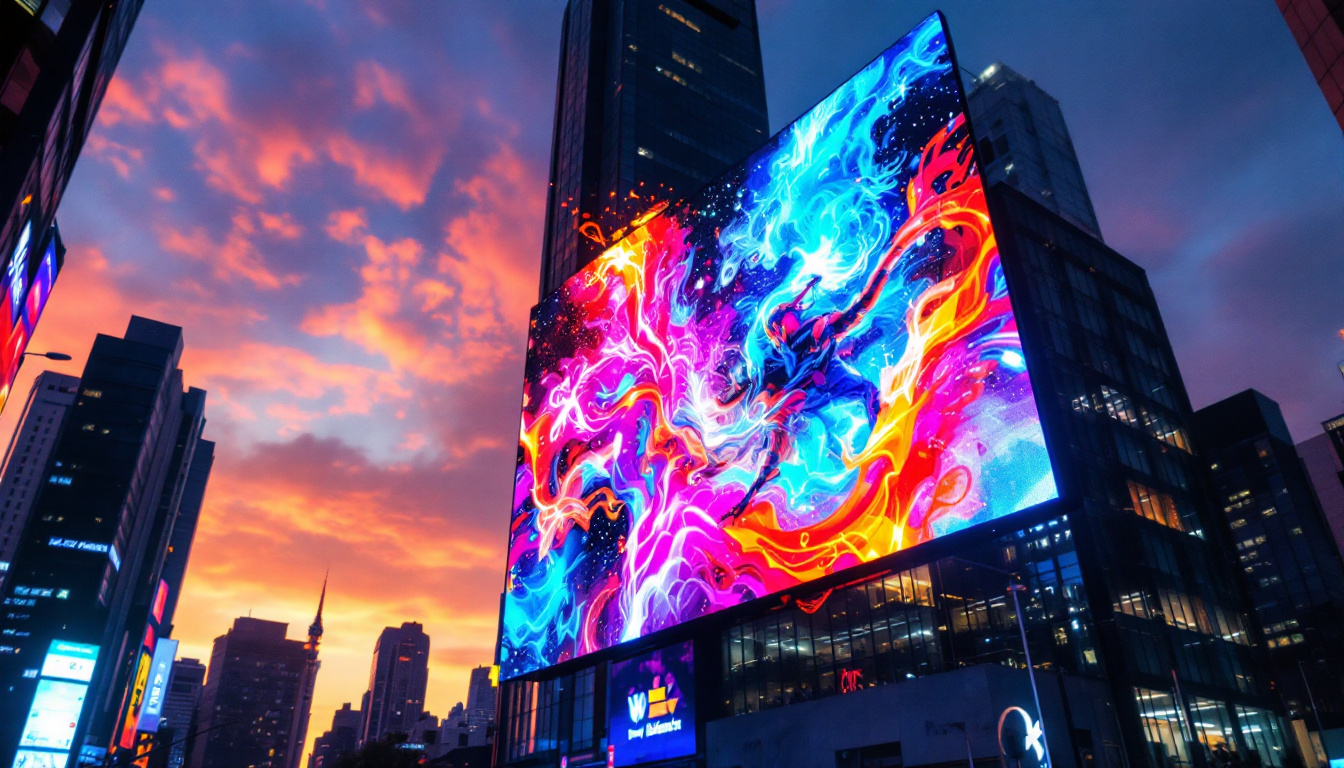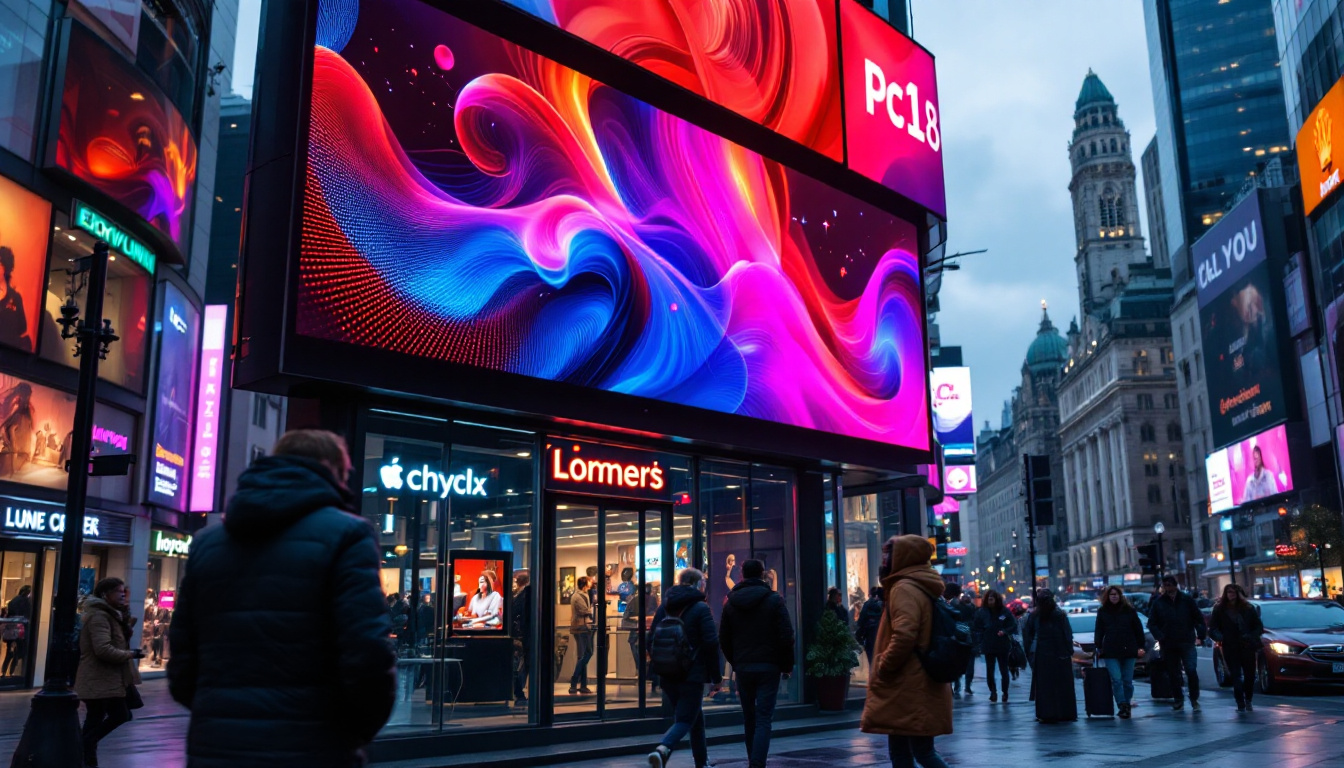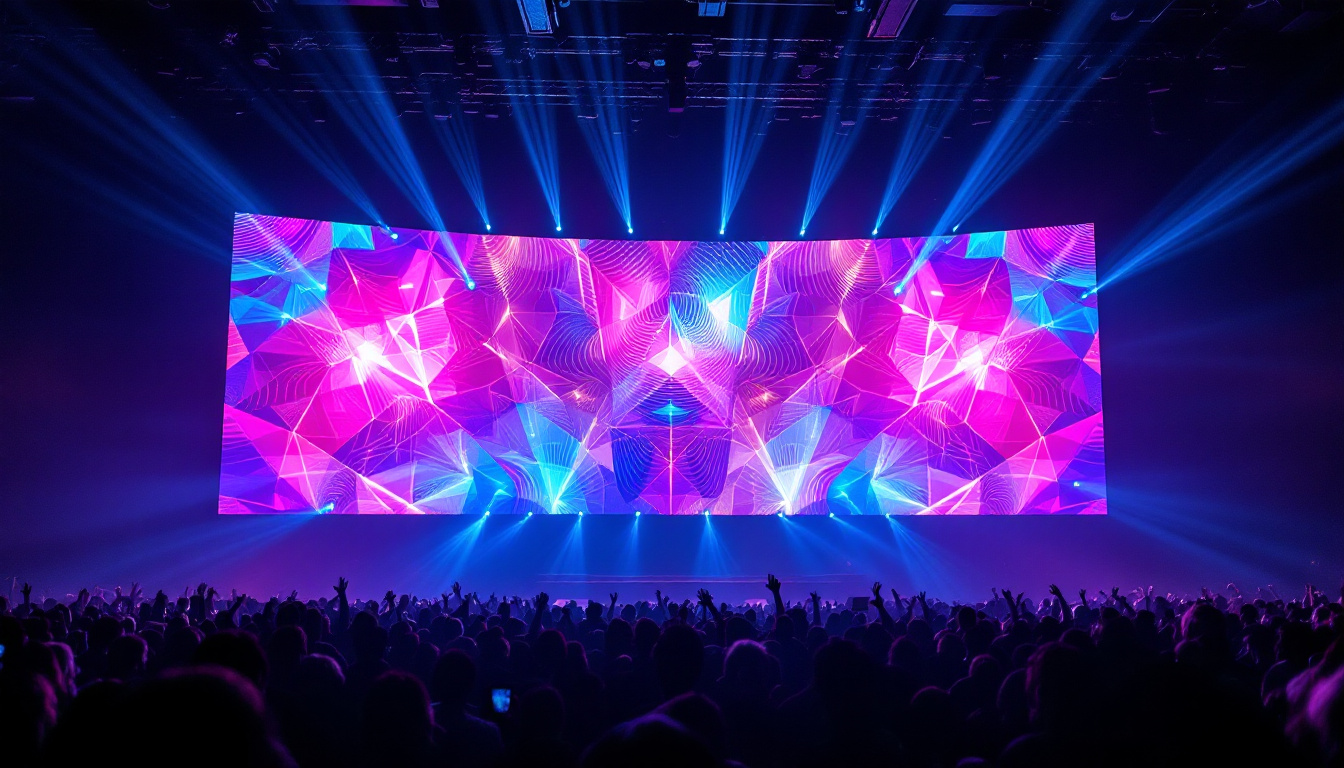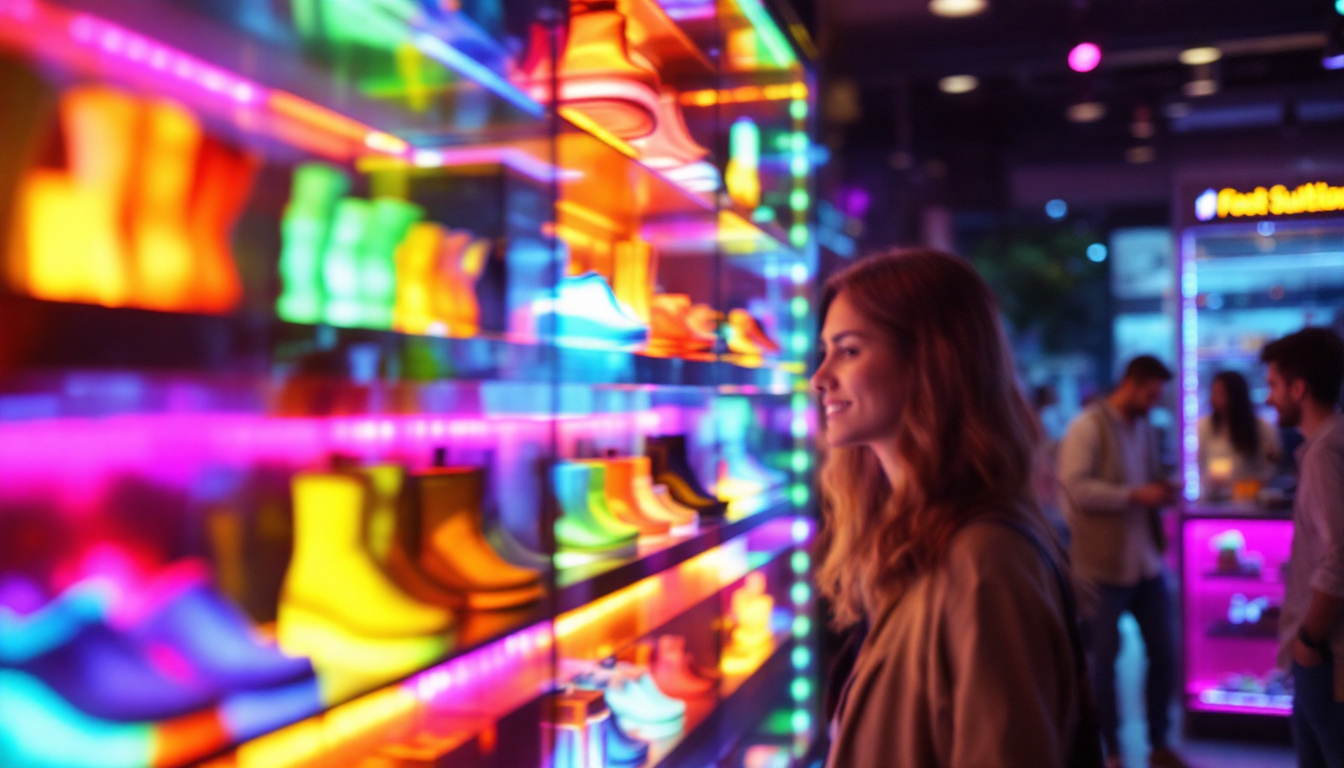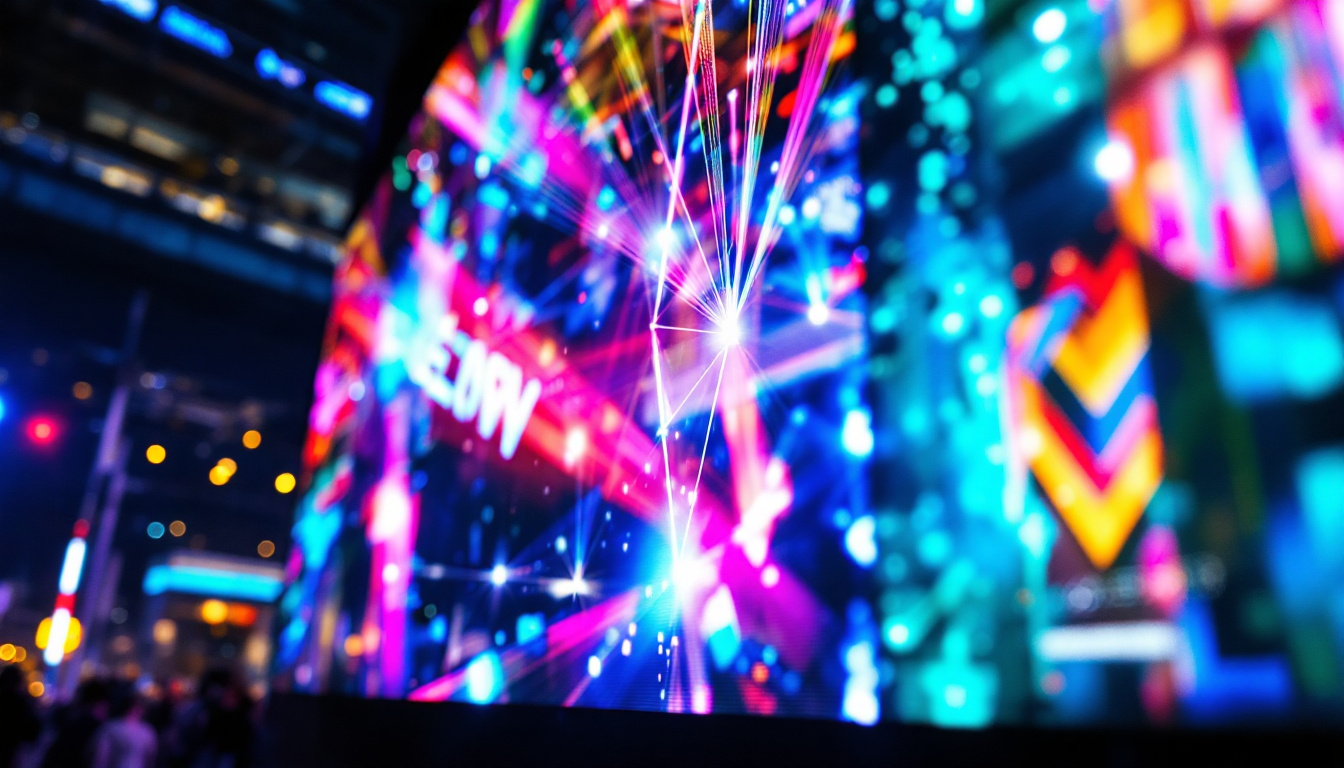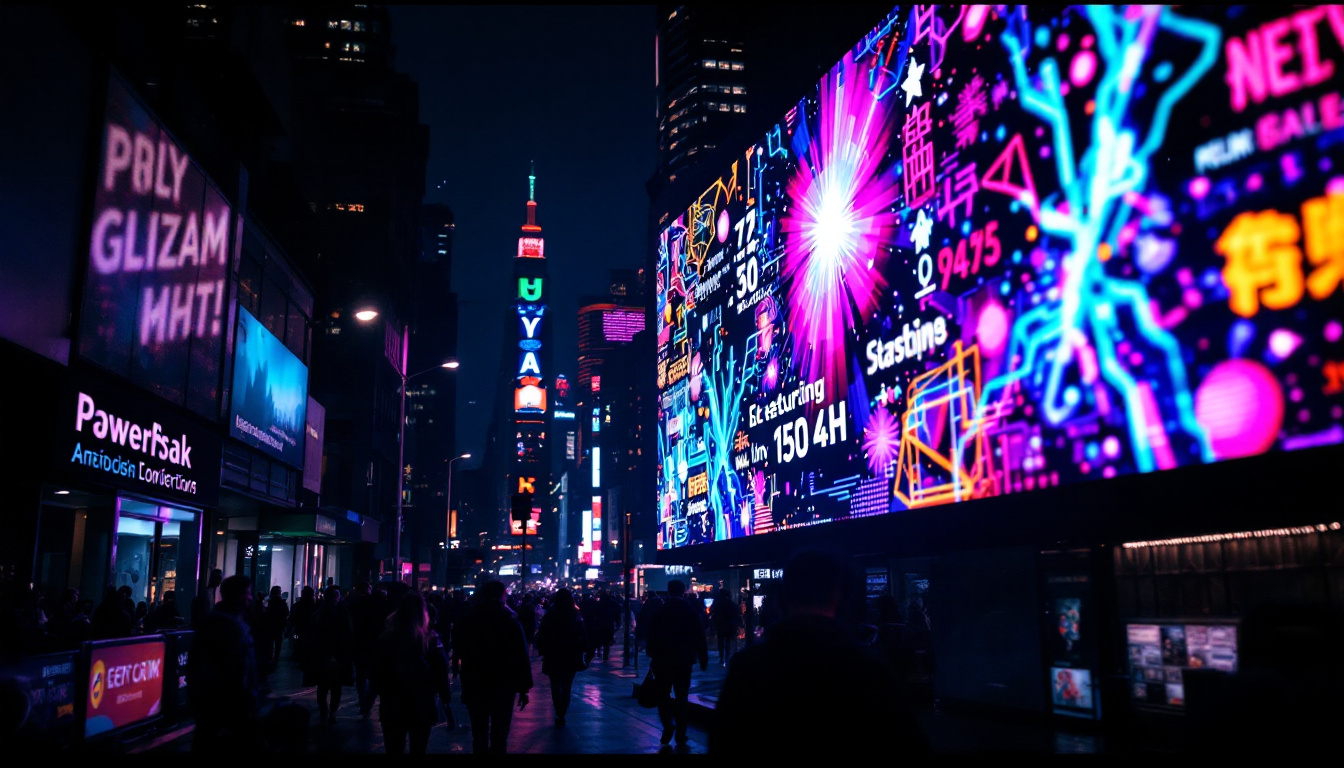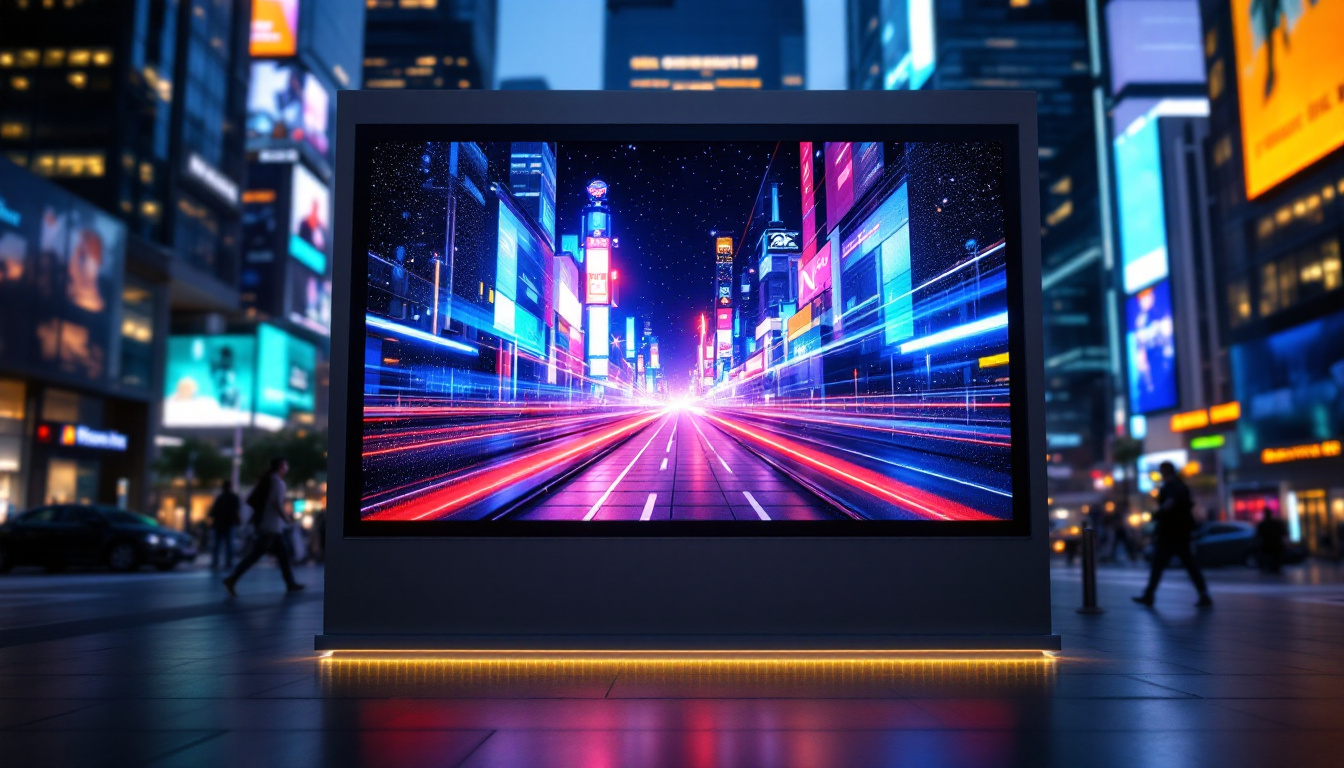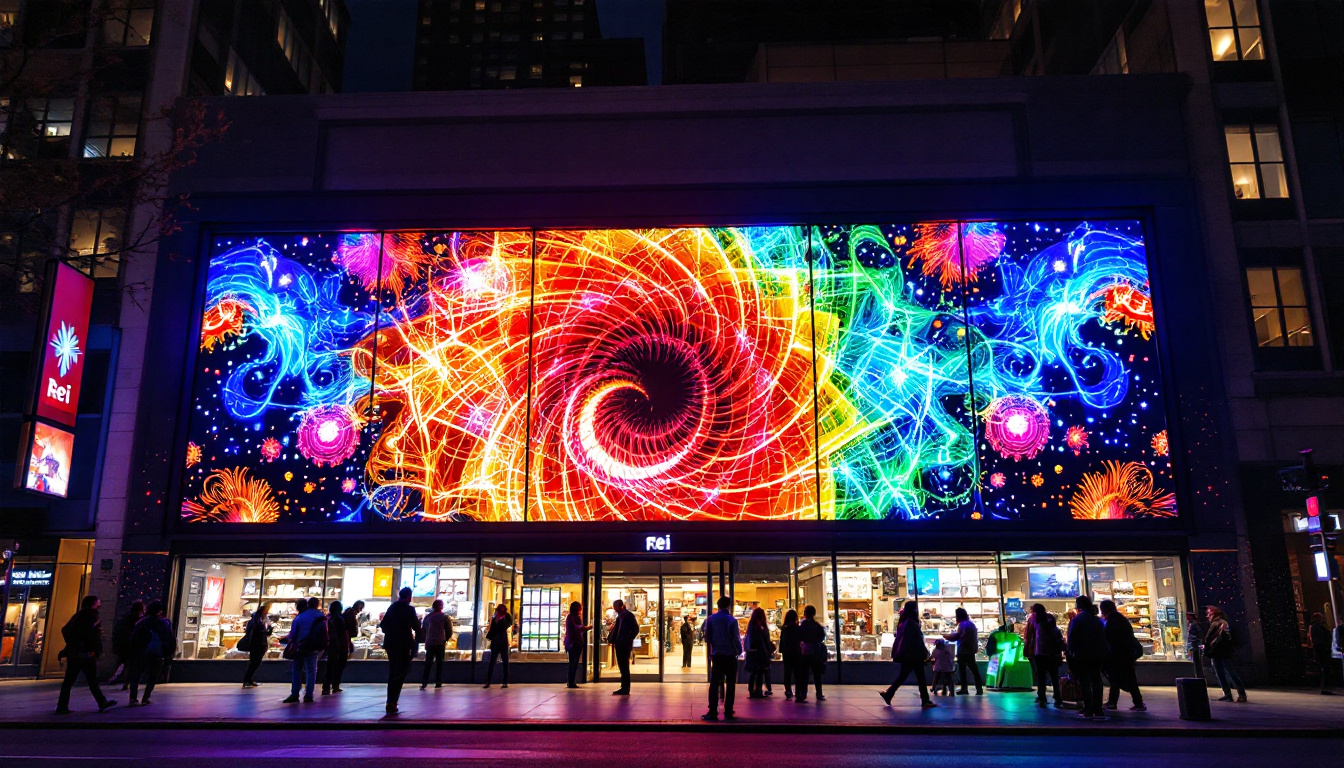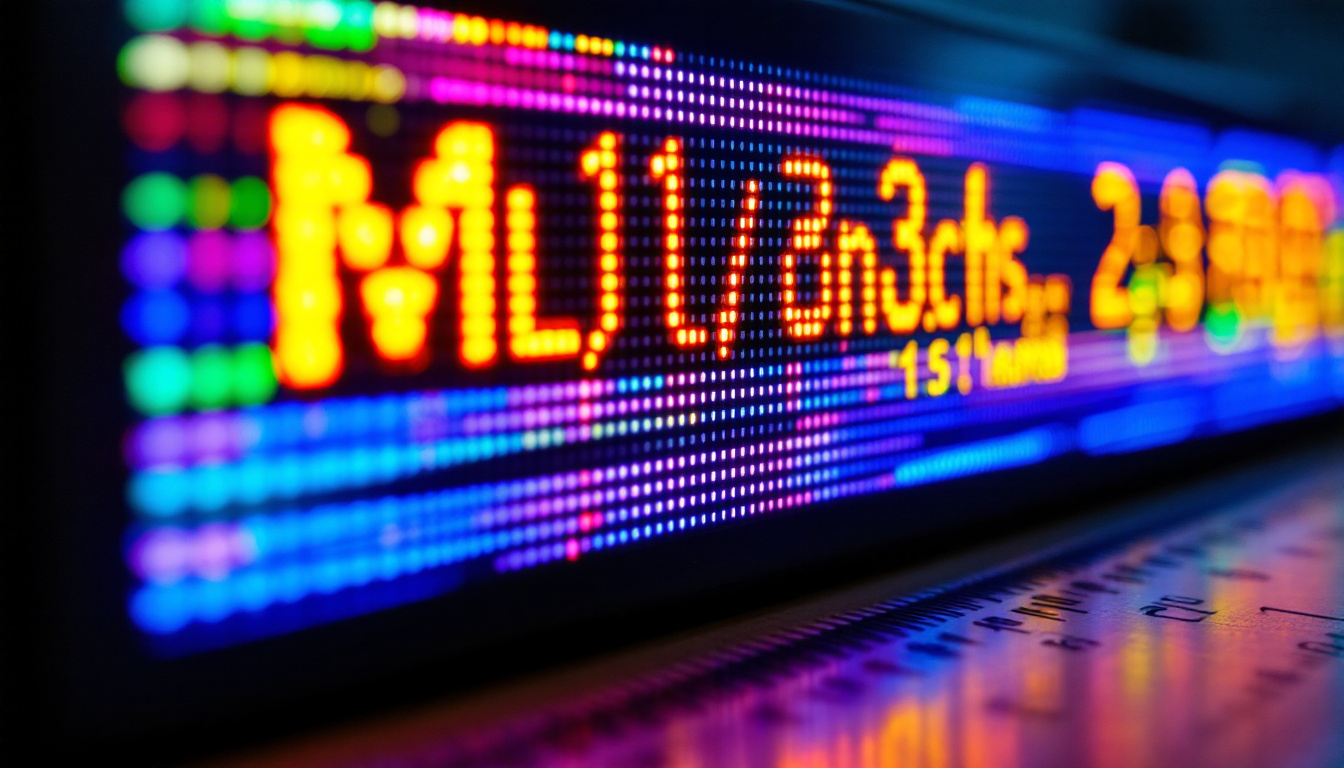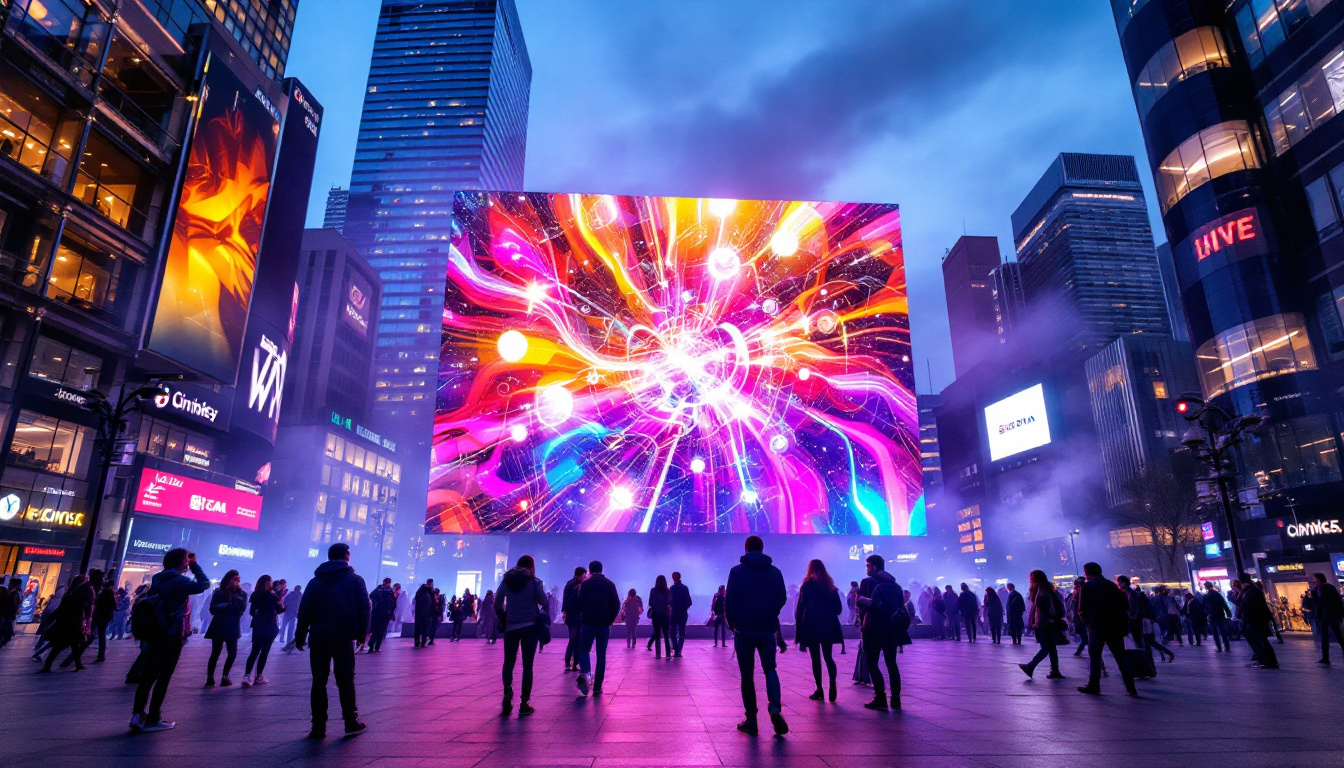The Oregon Drivers Manual serves as an essential resource for new and experienced drivers alike, providing crucial information about road rules, safety guidelines, and driving regulations. One of the more modern features included in the manual is the explanation of LED displays, which have become increasingly common in various driving contexts. This article delves into the significance of LED displays, their functionality, and how they contribute to road safety and driver awareness.
Understanding LED Displays
LED displays, or Light Emitting Diode displays, are electronic devices that use LEDs to present information visually. These displays are known for their brightness, energy efficiency, and ability to convey information quickly and effectively. In the context of driving, LED displays can be found on traffic signs, vehicles, and even in the dashboard of modern cars.
The Technology Behind LED Displays
The technology behind LED displays is relatively straightforward yet highly effective. LEDs are semiconductor devices that emit light when an electric current passes through them. This technology allows for a range of colors and brightness levels, making LED displays highly visible in various lighting conditions, including bright sunlight and nighttime.
Due to their compact size and durability, LEDs can be arranged in various configurations to create dynamic displays. This capability enables the presentation of complex information, such as traffic updates, warnings, and navigational aids, in a clear and concise manner. Furthermore, advancements in LED technology have led to the development of flexible and transparent displays, opening up new possibilities for innovative designs and applications in both urban environments and vehicles.
Applications of LED Displays in Driving
LED displays are utilized in numerous applications related to driving. One of the most common uses is in electronic traffic signs, which can provide real-time updates on road conditions, speed limits, and other important information. These signs can alert drivers to hazards, such as accidents or road closures, thereby enhancing safety on the roads.
Additionally, many vehicles are now equipped with LED displays in their dashboards, providing drivers with vital information such as speed, fuel levels, and navigation instructions. This integration of technology helps drivers make informed decisions while on the road, contributing to a safer driving experience. Beyond dashboards, LED displays are also increasingly found in rear-view mirrors and heads-up displays (HUDs), projecting critical information directly onto the windshield. This allows drivers to keep their eyes on the road while still accessing essential data, ultimately reducing distractions and improving overall safety.
Moreover, the use of LED displays extends to public transportation systems, where they serve as informative tools for passengers. Buses and trains often feature LED screens that display upcoming stops, delays, and service announcements, enhancing the travel experience by keeping passengers informed. As cities continue to embrace smart technology, the role of LED displays in transportation is likely to grow, further integrating real-time data and improving the efficiency of urban mobility.
Benefits of LED Displays for Drivers
LED displays offer several benefits that enhance the driving experience and improve safety. Understanding these advantages can help drivers appreciate the importance of this technology on the road.
Enhanced Visibility
One of the primary benefits of LED displays is their enhanced visibility. The bright and vibrant colors of LEDs make them easily noticeable, even from a distance. This is particularly important for traffic signs that need to convey urgent information to drivers quickly. Whether it’s a warning about a speed trap or a notification of an upcoming detour, the visibility of LED displays can significantly impact driver awareness and response times.
Moreover, LED displays can adjust their brightness automatically based on ambient lighting conditions, ensuring that they remain visible in various environments. This adaptability further enhances their effectiveness as a communication tool for drivers.
Real-Time Information
Another significant advantage of LED displays is their ability to provide real-time information. Unlike traditional static signs, LED displays can be updated instantly to reflect current road conditions, traffic patterns, or weather alerts. This capability allows drivers to make informed decisions based on the most up-to-date information available.
For instance, during peak traffic hours, an LED display might indicate slower speeds ahead, prompting drivers to adjust their routes or driving behavior. This real-time feedback can help alleviate congestion and improve overall traffic flow.
Increased Safety
The integration of LED displays into the driving experience contributes to increased safety on the roads. By providing clear and timely information, these displays can help prevent accidents and reduce the likelihood of collisions. For example, LED warning signs can alert drivers to hazardous conditions, such as icy roads or construction zones, allowing them to take necessary precautions.
Furthermore, the use of LED displays in vehicles helps keep drivers informed about their own driving behavior. Features such as speed alerts and navigation prompts can help drivers stay focused and avoid distractions, ultimately leading to safer driving practices.
LED Displays in Traffic Management
LED displays play a crucial role in traffic management systems, contributing to the efficient flow of vehicles and the overall safety of roadways. Their applications extend beyond simple traffic signs, encompassing a variety of technologies designed to monitor and manage traffic effectively.
Dynamic Message Signs (DMS)
Dynamic Message Signs (DMS) are a prominent example of LED display technology in traffic management. These signs are strategically placed along highways and major roadways to provide drivers with real-time updates on traffic conditions, accidents, and other relevant information. DMS can display messages such as “Accident Ahead,” “Road Closed,” or “Speed Limit 55 MPH,” allowing drivers to adjust their behavior accordingly.
The flexibility of DMS allows traffic management authorities to respond quickly to changing conditions, ensuring that drivers receive timely information that can help them navigate safely. This responsiveness is vital in preventing congestion and enhancing overall traffic safety.
Traffic Signal Control
In addition to DMS, LED displays are increasingly being integrated into traffic signal control systems. These systems utilize LED technology to provide clear visual cues to drivers, indicating when to stop or proceed. The use of bright LEDs in traffic signals enhances visibility, reducing the likelihood of misinterpretation or missed signals.
Moreover, some modern traffic signals are equipped with countdown timers that inform drivers of the remaining time before the signal changes. This feature not only helps drivers make informed decisions but also contributes to smoother traffic flow at intersections.
Challenges and Considerations
While LED displays offer numerous benefits, there are also challenges and considerations that must be addressed to ensure their effective implementation. Understanding these challenges can help stakeholders make informed decisions about the use of LED technology in driving contexts.
Cost and Maintenance
One of the primary challenges associated with LED displays is the initial cost of installation and ongoing maintenance. While the long-term benefits of LED technology often outweigh the initial investment, budget constraints can pose a barrier to widespread adoption. municipalities and transportation agencies must carefully consider their budgets and prioritize projects that will yield the greatest impact on safety and efficiency.
Additionally, regular maintenance is essential to ensure that LED displays remain functional and effective. Burned-out LEDs or malfunctioning displays can lead to miscommunication and confusion for drivers, undermining the intended safety benefits. Establishing a proactive maintenance schedule is crucial for maximizing the effectiveness of LED displays in traffic management.
Driver Distraction
Another consideration is the potential for driver distraction. While LED displays are designed to convey important information, overly complex or rapidly changing messages can divert a driver’s attention away from the road. It is essential for traffic authorities to strike a balance between providing necessary information and avoiding distractions that could lead to accidents.
To mitigate this risk, guidelines and best practices should be established for the design and operation of LED displays. Clear, concise messages that are easy to read and understand can help minimize distraction while still delivering vital information to drivers.
The Future of LED Displays in Driving
As technology continues to evolve, the future of LED displays in driving looks promising. Innovations in display technology, data integration, and communication systems are likely to enhance the effectiveness and functionality of LED displays on the road.
Integration with Smart Traffic Systems
One of the most exciting developments on the horizon is the integration of LED displays with smart traffic systems. These systems leverage data from various sources, including traffic cameras, sensors, and GPS technology, to provide real-time updates and optimize traffic flow. LED displays can be connected to these systems, allowing for dynamic messaging based on current conditions.
For example, during heavy traffic, LED displays could automatically adjust to provide alternate route suggestions or real-time travel time estimates. This level of integration has the potential to significantly improve the driving experience and enhance safety on the roads.
Improved User Experience
As vehicles become increasingly equipped with advanced technology, the user experience is also expected to improve. LED displays in vehicles will likely evolve to provide more personalized information, such as driver alerts based on individual driving habits or preferences. This customization can help drivers stay informed and engaged while minimizing distractions.
Moreover, advancements in augmented reality (AR) technology may lead to the development of heads-up displays (HUDs) that project vital information directly onto the windshield. This innovation could further enhance driver awareness and safety by keeping essential information within the driver’s line of sight.
Conclusion
In summary, LED displays are a vital component of modern driving, offering numerous benefits that enhance safety, visibility, and real-time information sharing. As technology continues to advance, the integration of LED displays into traffic management systems and vehicles will likely become even more sophisticated, contributing to safer and more efficient roadways.
Understanding the role of LED displays in the Oregon Drivers Manual is essential for drivers looking to navigate the roads safely and effectively. By staying informed about the latest technologies and best practices, drivers can contribute to a safer driving environment for themselves and others.
Discover LumenMatrix LED Display Solutions
As you embrace the advancements in LED display technology outlined in the Oregon Drivers Manual, consider elevating your driving experience with LumenMatrix. Our commitment to innovation ensures that you have access to the most advanced LED display modules available. From enhancing road safety with Vehicle LED Displays to creating immersive environments with Indoor and Outdoor LED Wall Displays, LumenMatrix is at the forefront of visual communication. Explore our diverse range of solutions, including LED Sports Displays and Custom LED Displays, and see how we can transform your visual engagement. Check out LumenMatrix LED Display Solutions today and drive into the future of digital signage.




